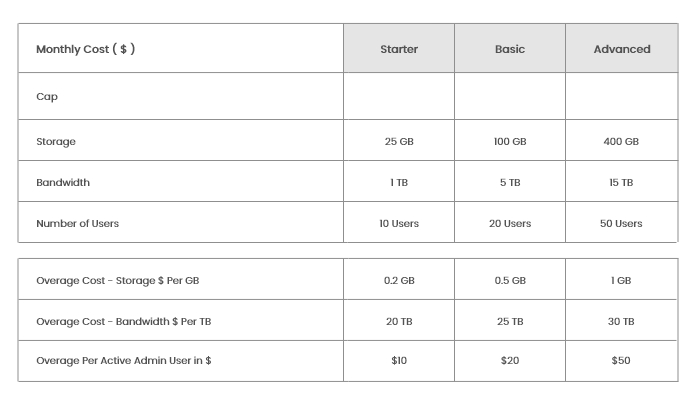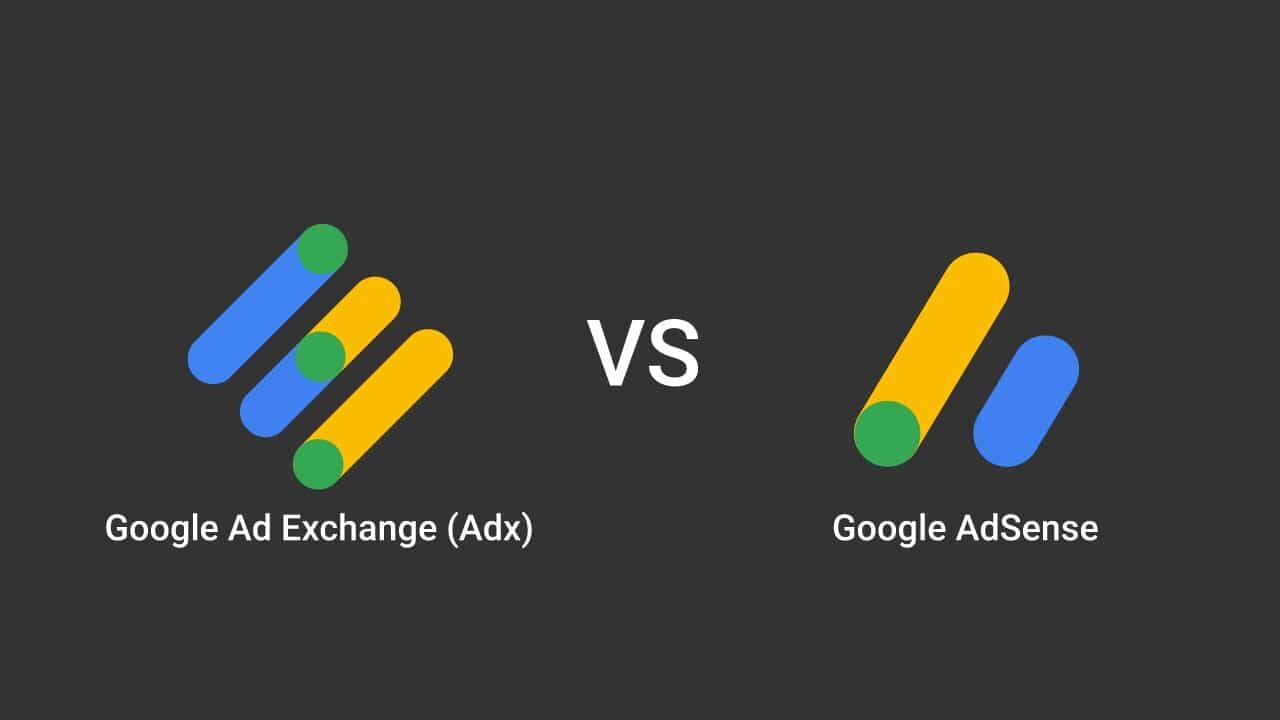



What is the difference between Google AdSense and AdX - Do you know?
AdSense and AdX are both online advertising networks. Google is the owner of both.
Prelude:
AdSense and AdX are both online advertising networks. Google is the owner of both. Publishers of all sizes utilise both to monetize their material. The same buyers and advertising are accessible to publishers through both. What distinguishes them from one another, then? How can you determine which is best for you and your company? Let's examine them more closely to discover their differences and relative merits.
The origin of AdX:
The company DoubleClick Ad Exchange, which was established in 1996 as an ad server, is where AdX (Google Ad Exchange) got its start. Publishers can use real-time bidding technology to offer their available ad inventory to advertisers and agencies through Google AdX. The Ad Exchange makes it possible for display ads and ad space to be distributed throughout the web much more effectively and simply by creating an open market where rates are determined in a real-time auction. Sellers may access more advertisers and earn the best money for their ad space while maintaining control over who can place ads on their website. More websites and ad space are available to buyers, and they also have more control over where their advertising appear.
Google builds AdSense:
In 2003, Google created AdSense as an internal product. On affiliated websites, it shows content-based adverts that let publishers profit from each click-through. Based on the content and users of the publisher, AdSense connects adverts to websites. Then, exactly like with Google Advertising, advertisers make bids on where to place their ads. In actuality, Google Advertisements, the Google Display Network, and other Google products provide the ads on AdSense. AdSense is far more popular than AdX/DoubleClick in Google Search. This can be due to the advantages of having Google as a brand name or the fact that it's an advertising product that can be set up quickly and with little effort.
Google AdX vs Google AdSense:
An ad exchange network is Google AdX (formerly DoubleClick Ad Exchange). This designates it as a programmatic advertising platform that provides demand-side platforms, agencies, and ad networks with real-time bidding (RTB) on ad spots. Publishers using Google AdX have access to a broader inventory and can use this exchange to connect with buyers from Google Ads and other marketplaces. Additionally, it enables publishers to sell their ad inventory directly and gives them far greater control over their ad space. Additionally, there is more competition for available ad space, increasing the revenue per ad unit sold.
An advertising network is Google AdSense. Both on desktop and mobile platforms, it enables publishers to commercialize their content. The setup process is pretty simple. You just construct ad spots and add a tag to the source code of your website. After that, everything will be handled by AdSense, including displaying ads, targeting, and paying publishers. These positions will be filled with cookie-targeted adverts from the Google Ads programme via Google AdSense. Your ad units will be used the majority of the time because the fill rate is between 95 and 99%. Since the platform is designed to give advertisers cheap impressions, it is not a highly profitable way to monetize content. Publishers are not permitted to sell their ad units and cannot set a floor price for them.
What do you need?
Google Ad Manager combines Google's well-known ad server/SSP (previously DFP) and their sector-leading ad exchange, while AdSense remains a separate offering for small- to medium-sized publishers (AdX). For Google Ad Manager, publishers must have an AdSense account; however, in order to join Ad Exchange, publishers must either receive an invitation from Google or sign up through a third-party partner. By doing this, Google restricts smaller publications and partners' access to its premium ad exchange and ad server.
To integrate AdX and AdSense services directly on to your CMS through Hocalwire and manage your Ads easily, Book a Demo now

